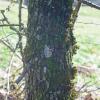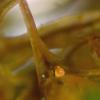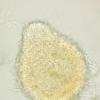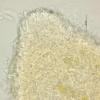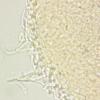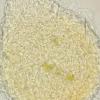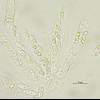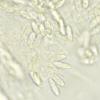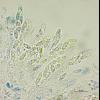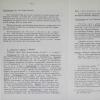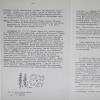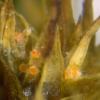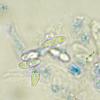
07-12-2025 16:07
Arnold BüschlenHallo, ich habe in einer Moos-Aufsammlung (epiohy

05-12-2025 17:33
 Bruno Coué
Bruno Coué
Bonjour, je serais heureux de recueillir votre avi

07-12-2025 09:24
De la pasada semana en Galicia EspañaEn el suelo

06-12-2025 00:19
 Viktorie Halasu
Viktorie Halasu
Hello, would anyone have this article, please? An

02-12-2025 18:59
This pair of ascos 2.5cm across were on recently b
Trouvé sur un tronc de Salix recouvert de mousse, (dans une haie à 1'015 m). Fructifications isolées ou en petits groupes de 2 à 4, poussant sur des feuilles d'Orthotrichum (avec Octospora affinis), sphériques à piriformes, orange, jusqu'à 200 µm. Asques octosporés, MLZ/IKI-, 28 - 50 x 5 - 7.5 µm, Spores 7.5 - 9 x 2 - 2.75 µm, 1x septées, hyalines, finement striées.
Nectria hirta s'en rapproche le plus. Qu'en pensez-vous ? Merci d'avance.
Elisabeth
Une hypocréale toute mignonne.
Il faut que tu bannisses le nom de Nectria pour ce type de récolte. De nos jours on sait ce qu'est une Nectria stricto sensu. En plus, visiblement tu as affaire à une Bionectriacée.
Peut-être à chercher vers le genre Bryonectria. Assurément ce n'est pas Trichonectria hirta, étant donné les spores.Bonne recherche,
Alain
Toutes ces hypocréales bryophiles mériteraient d'une étude approfondie basée sur le séquençage moléculaire. Même Trichonectria hirta n'est pas dans le bon genre.
That is a nice find. I have never seen bryophilous Nectria s.l. on Orthotrichum affine. This fungus is also similar to several species of Bryocentria. It would be interesting to better visualise the ornamentation in lactophenol cotton blue if possible but they do look striated.
If they are indeed striate, it may be related to 'Nectria' racovitzae, seen here http://ascofrance.fr/search_forum/74646. The hairs are similar but not identical.
Another similar species with striated ascospores is Nectria sanramonensis Döbbeler, Brenesia 37:145 (1993) but this is tropical with larger spores.
Peter Döbbeler's Nectria hirta = N. salisbergensis. The ascomata are white and tiny in this so I don't think they match. The surface of the ascomata also lacks hairs from the specimen I have seen.
So it may be something new; maybe Peter would know.
All the best,
George
Je n'ai jamais trouvé une telle espèce sur Orthotrichum. Les fructifications sont recouvertes de poils blanchâtres, sur les photos elles étaient humides et donc cela ne se voyait pas bien.
Chez N. racovitzae, les spores finement striées sont bien visibles, mais chez cette espèce, il est plutôt difficile de les photographier. J'ai aussi pensé à Bryocentria, mais je n'ai pas trouvé d'espèce.
Elisabeth
To me, the most similar species in Bryocentria is B. hypothallina. Most features are similar, though the spores are a little narrow and ornamentation differs. This is not to mention the obvious host differences, B. hypothallina being strongly necrotrophic, and the fact that B. hypothallina ascomata are leaf-perforators and not superficial like in your collection.
Of the (described) European species that form superficial ascomata on mosses, there is only B. septinensis and B. cyanodesma, and yours is clearly neither of these.
N. mnii (Döbbeler, 1978) is superficially similar but has glabrous ascomata.
Did you notice if the host was dying or did it seem mostly healthy?
I would say to query with Peter as he would probably have an inclination and perhaps be keen to examine if there is a good amount of material. Please let me know if you find out more. I will keep an eye open on this host myself now in Britain.
Thanks and all the best,
George
Finally, thanks to AscoFrance as the forum enabled the study.
All the best,
George
Thank you for this message. I am very pleased that this successful work has now been published! I also think your collaboration was great .
Arnold Büschlen

It seems that interest for bryophylous fungi is clearly growing among mycologists
Amitiés. Michel

